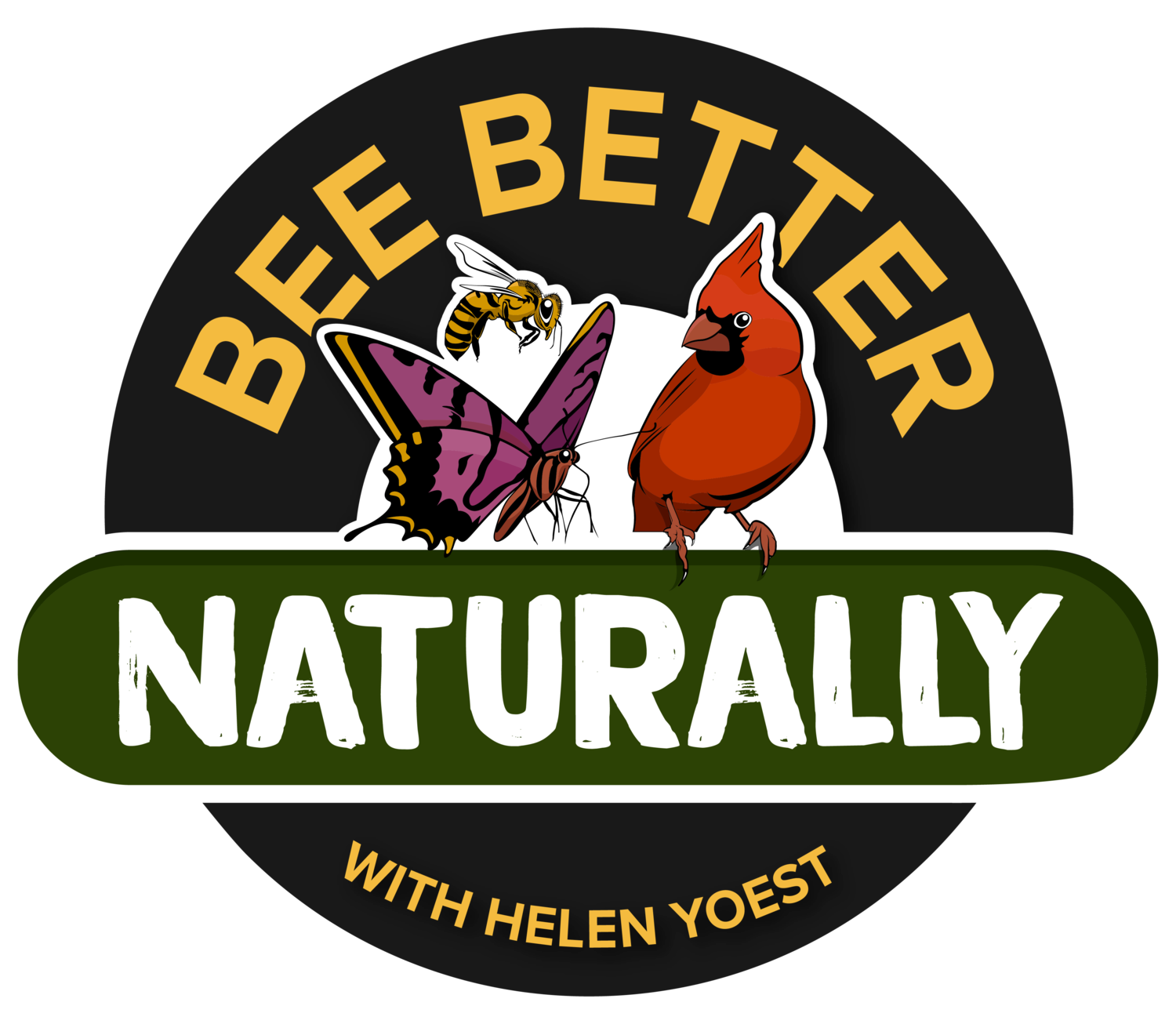MONDAY
Let’s start with this informative post about our near area birds. Click HERE!
Mosquitoes are active. Need bug spray. Fortunately for me, Chris just bought some for himself an let me use his. Worked beautifully! Now I have my own. Aillene wasn’t bothered.
As I walked the gardens today, I wondered if I’ve made any progress at all. I have, of course, but the beds are exploding and they need weeding out. Tomorrow is my last day in the garden this week, so I’ll see what I can do. Also, Aillene will be volunteering tomorrow. We’ll see what we can do!
Now that we are part of the City of Raleigh Parks, we get to shop the greenhouse, as you saw last week. First up today—planting. I also moved the too-many daylilies around and transplanted a few goldenrods from one bed with too much shade to the pollinator garden with lots of sun.. We could get more plants from the City’s Greenhouse, but I would prefer to seek an increase in diversity. Instead of more of the same, we need different plants to serve a broader wildlife appeal.
Pollinator garden planted
While amending the garden beds, it was clear plants fell into three groups: Re-duce, Re-use, Re-fuse. I started with the entrance to the Formal Garden on the left. The bed must be shadier than when Mary and Bill Joslin still gardened here.
RE-DUCE—Daylilies!
I need to ask Nell about the daylilies, Hemerocallis spp. I’m sure they have multiplied over time. Nell has moved dozens down toward the street, I rearranged many along the edge of the Pollinator Garden, and Chris suggested we pot them up for the plant sale in the spring. I’m now wondering if we should have a pop-up sale just of daylilies! Come one, call all…for a small donation to The City of Oaks Foundation!
RE-USE—Goldenrod!
The Goldenrod, Solidago spp. in the left entrance was reaching for the sun. Goldenrod is a great plant, especially for those late-fall pollinators needing to tank up for hibernation or migration. Goldenrod is very-nectar rich and a must-have in a fall garden. Much of it was moved to the Pollinator Garden.
RE-FUSE—Jewels-of-Opar, Talinum paniculatum
Aillene and I were lamenting about all the Jewels-of-Opar. It is highly invasive and has a deep root making it difficult to remove. We decided someone added it to the garden because of its name. The common name was borrowed from the title of the novel Tarzan and the Jewels of Opar, by Edgar Rice Burroughs.
I will admit, I was once smitten by it, but then eradicated it from my home garden. This subshrub looks so ethereal and lush looking all at the same time. But each of those tips of the sprays is a seed that spreads from here to Kingdom Come.
IN OTHER NEWS
I had a visitor again.
Copperhead snake. Did you know Opossums are resistant to the venom of our more common venomous snakes and they can feed on copperheads, rattlesnakes, and cottonmouth snakes with minimal risk of injury or death from the venom?
This week, I’ll be writing a post on creating native bee nesting sites. We will start by filling these cool boxes leftover from an Eagle Scout project created for Bee Better Naturally.
Three native bee boxes can be used individually or nestled together.
TUESDAY
I took a break from weeding to address the HVAC. There’s a problem here. Typically for ideal air flow, a three-feet clear air zone around the unit is recommended. Otherwise the air stays warm without fresh air at the intake, and the unit works harder than it needs to.
Ouch! Well, it had to be done. I need to talk with Nell about removing the rest of the shrub. It’s nothing special. What would really be nice is an enclosed fence, with three feet surround. Hmmm, our Gardeners of Wake County are handy ?!?!?!?
Aillene was able to help out today for a couple of hours. Her job today? Planting the remainder of plants. The Rose Garden benefited from this. Aillene added crinum and lantana. We need to address the deer damage, and will next week, I hope.
The Rose Garden
WEDNESDAY
Off today!
THURSDAY
Art came by and worked on some of the assignments given to him last week. Chris continued to work in the vegetable garden and then watered the Pollinator Garden a bit. As you can imagine, the Pollinator Garden is full of new plantings and transplants, and regular watering is a must.
FRIDAY
Worked on a native bee post for next week.
BIRDS
Goldfinch on Rudbeckia sp.
INSECTS
No monarchs, but we have the European honey bee, Apis mellifera and it looks like a bumble bee, Bombus sp.
Native bee on Agastache put in on Tuesday!
Did you know most of today's earthworms originated from Europe by traveling in the rootstocks of plants? Worms make soil and are natural soil tillers. They can eat their weight in dirt each day. One acre of soil may contain up to one million worms.
We had lots of earthworms in The Joslin Garden. While Aillene and I were chatting, she mentioned a new earthworm in town! The hammerhead earthworm. I don’t want to run into one of these. It’s bad enough when an area gardener friend of mine, Suzanne Edney, found the Asian jumping earthworm in her garden. So far I’ve not seen any invasions at home or in The Joslin Garden.
Chris got this great shot of a resident squirrel who lazily flopped on a post while we worked. He finally scampered a way when we were done!
Until soon,
Helen Yoest
The Joslin Garden Program Coordinator











